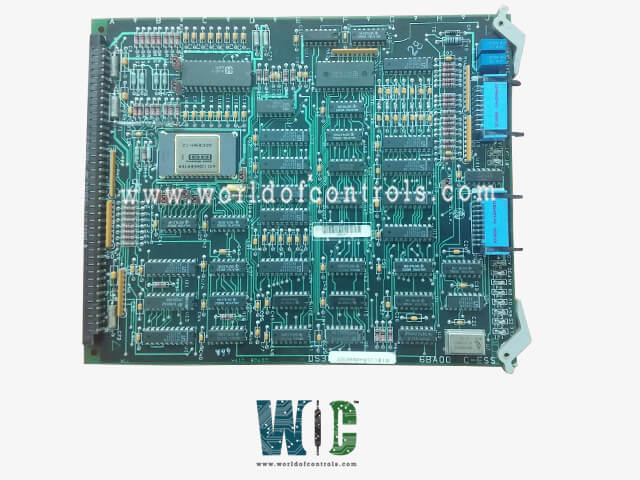
World Of Controls understands the criticality of your requirement and works towards reducing the lead time as much as possible.
DS3800HAIC1B - Regulator Board is available in stock which ships the same day.
DS3800HAIC1B - Regulator Board comes in UNUSED as well as REBUILT condition.
To avail our best deals for DS3800HAIC1B - Regulator Board, contact us and we will get back to you within 24 hours.
Part No.: DS3800HAIC1B
Manufacturer: General Electric
Series: Mark IV
Product type: Regulator Board
Repair: 3-5 Days
Availability: In Stock
Country of Manufacture: United States (USA)
DS3800HAIC1B is a Regulator Board developed by GE. It is a part of Mark IV control system. The user interface of the Mark IV Control System is designed for ease of use, with intuitive controls and clear displays. Operators can navigate through various screens to access detailed information on turbine status, performance data, and alarm conditions.
Locking out an alarm involves several steps:
To unlock an alarm, the operator follows these steps:
World of Controls has the most comprehensive collection of GE Mark IV components. Please contact WOC as soon as possible if you require any extra information.
What is DS3800HAIC1B?
It is a Regulator Board developed by GE
What information does the Alarm Display provide?
The Alarm Display lists all gas turbine system alarm messages in chronological order. Each alarm is timestamped with the date and time it was recorded. The latest alarm appears at the top of the list, and unacknowledged alarms have their drop numbers flashing.
What is the significance of the drop column in the alarm display?
The drop column shows the alarm’s unique identifying number. It indicates the state of the alarm, with a 1 meaning the alarm logic signal is in the Alarm state, and a 0 indicating it is in the Normal state. This helps operators quickly identify and reference specific alarms.